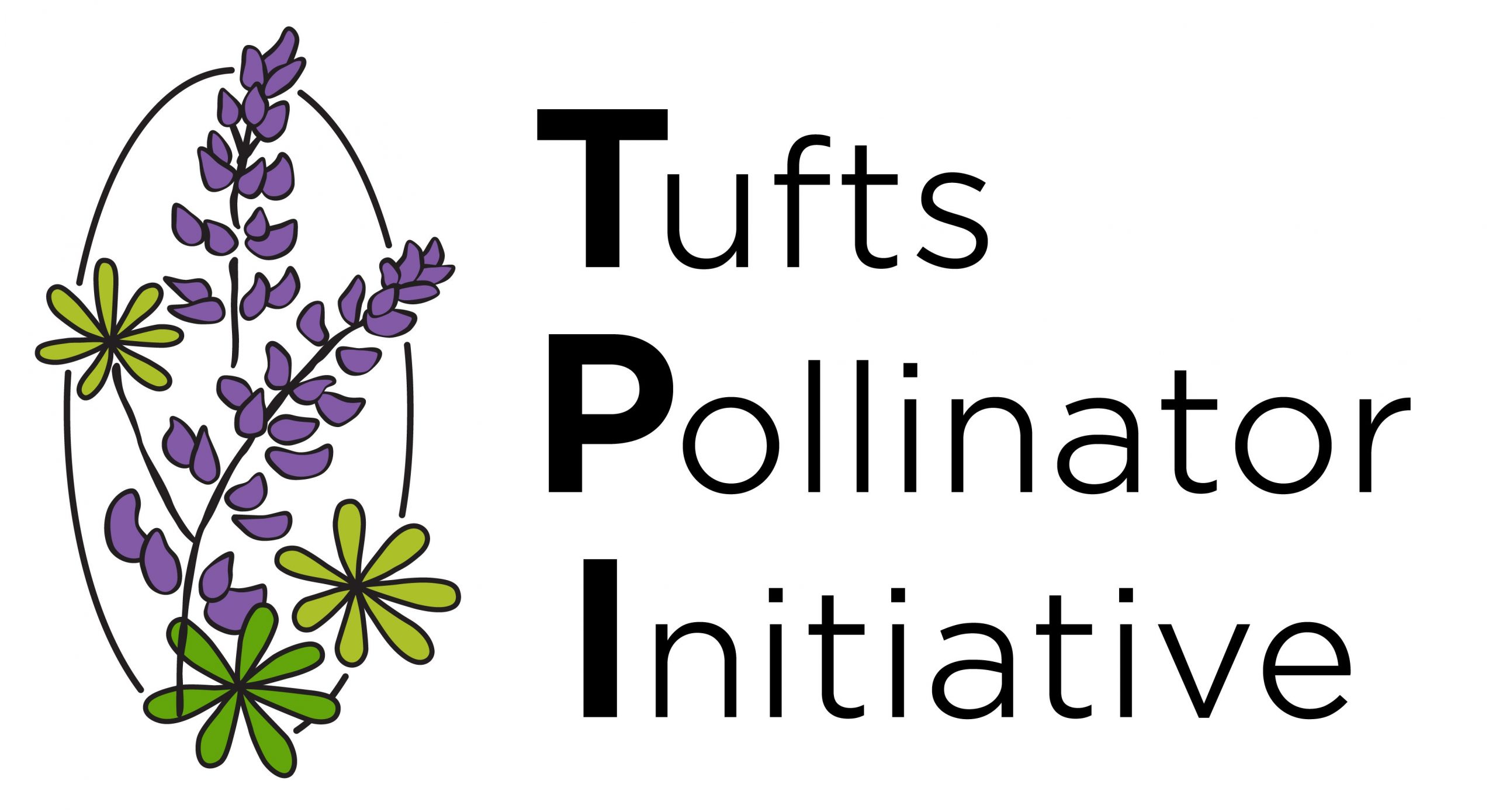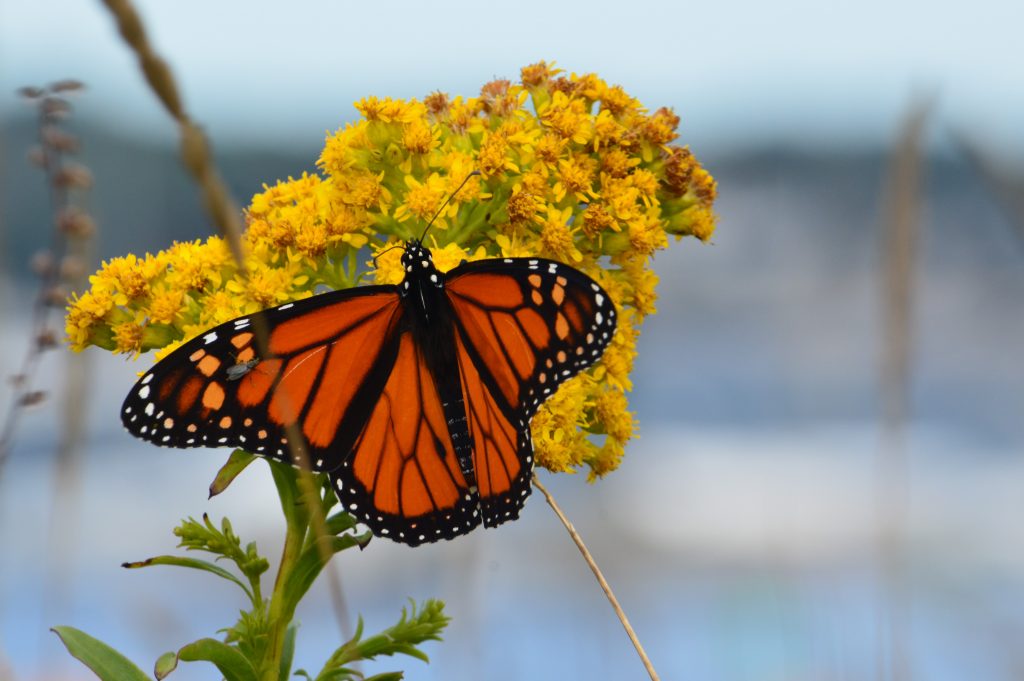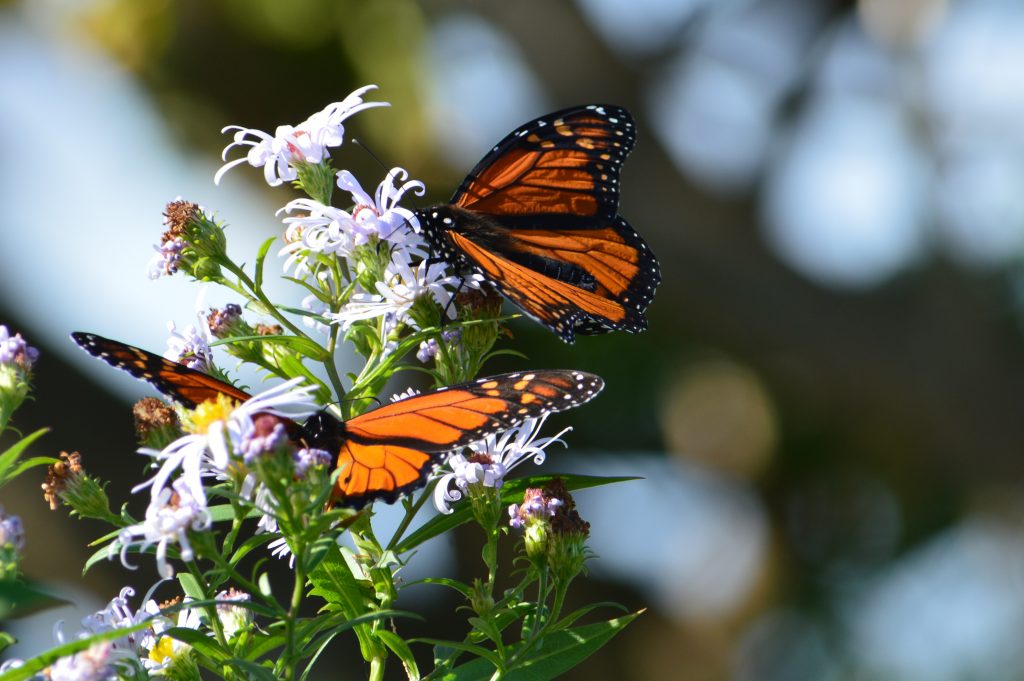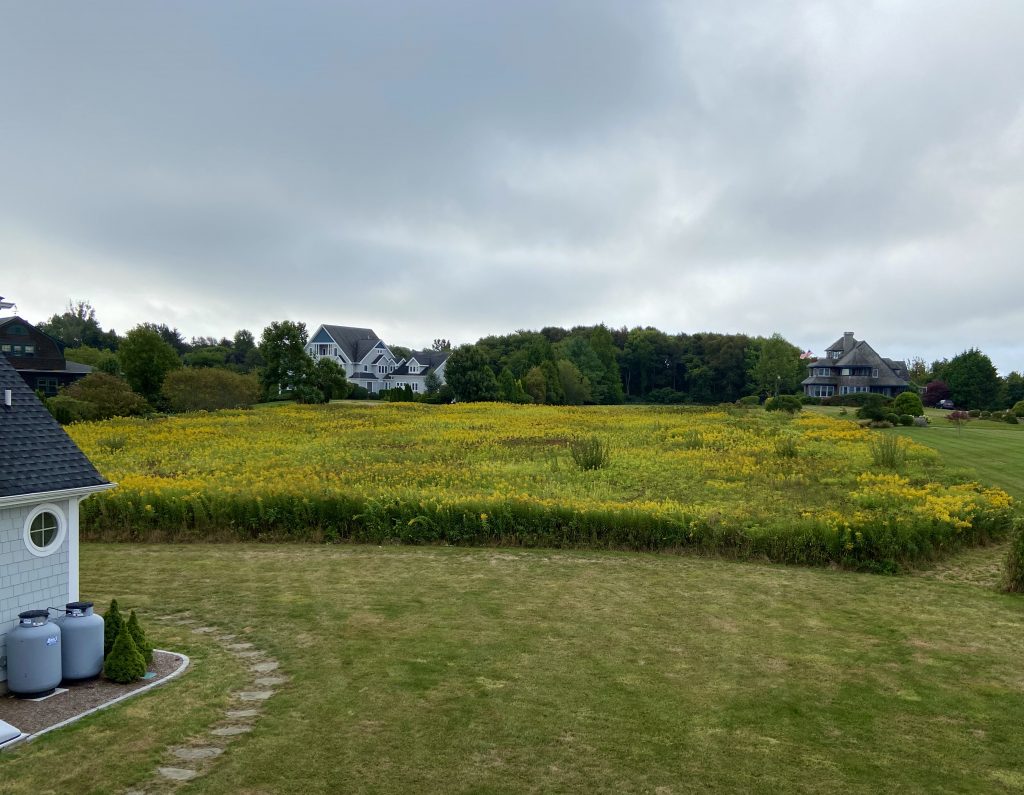The monarch butterfly (Danaus plexippus) is one of our most iconic pollinators, known for its large size, bright orange color, and impressive fall migration to Mexico. Yet the monarch’s recent listing as endangered on the IUCN red list has led many to wonder what steps to take to help the monarch in their own yards. Read on to learn TPI’s advice to those looking to help monarchs and for a guide to noticing the different life stages of monarchs in your garden.
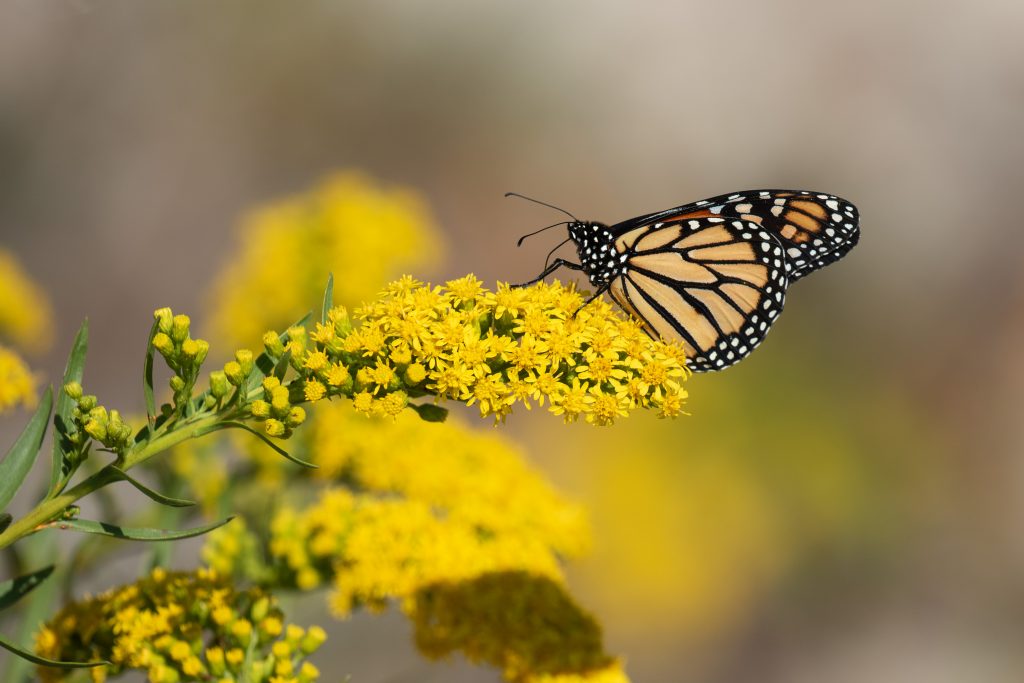
1. Plant milkweed
As caterpillars, monarch butterflies can only feed on milkweed (plants in the genus Asclepias), meaning these host plants are necessary for the monarch’s survival. There are several species of milkweed native to the northeast, including common milkweed (Asclepias syriaca), butterfly weed (Asclepias tuberosa), and swamp milkweed (Asclepias incarnata). Butterfly weed and swamp milkweed both perform well in gardens – the former preferring dry soils and the latter preferring wetter soils – and can be found at most garden centers. Swamp milkweed also has shallower roots, which means it can grow well in a container if garden space is limited.
2. Plant nectar-rich flowers
Unlike the caterpillar stage, adult monarchs are not limited to milkweed and feed on a wide array of plants for nectar. These sugary resources extend their lifespan and give them the energy to fly farther and make more offspring. TPI has many resources to help you make your garden even more friendly for monarchs and other pollinators, including plant lists, a guide on how to leave swamp milkweed stems for bees and this blog post!
3. Don’t take eggs or caterpillars off of plants
Although it is tempting to take in any eggs or caterpillars you see to keep them safe and watch them grow, it can actually do more harm than good. Rearing large numbers of monarchs inside can increase the incidence of disease within the population. And, even worse, recent research has shown that monarchs reared indoors without natural environmental cues are less able to migrate south in the fall. While raising monarchs can be a great educational experience, we recommend instead making a daily habit of watching the progress of the wild eggs and caterpillars you find in your garden (See below for our guide to finding monarchs in the garden!).
4. Don’t apply pesticides to your garden
Milkweed plants often become infested with tiny orange aphids (Aphis nerii). Do not worry–this is a totally natural occurrence and won’t hurt the monarchs. Aphid infestations can be unsightly but refrain from using pesticides as this will harm the monarch caterpillars. To remove aphids, use natural methods like a spray of soapy water. Natural predators such as ladybugs, lacewings, and their larva will also take care of the aphids!

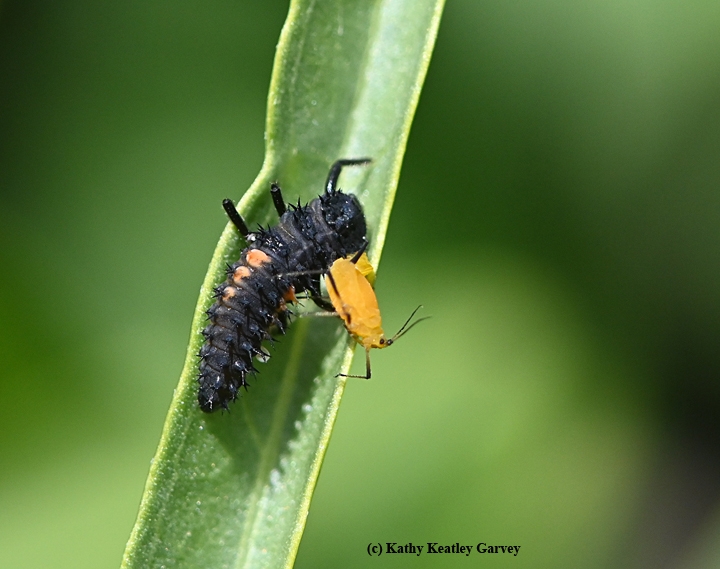
How do you know if you have monarchs using your garden?
Monarchs are easy to spot as adults but we don’t see them as frequently as caterpillars. Here are some tips on identifying monarch presence in your garden:
Adults
Adult monarch butterflies are highly conspicuous––look for a big orange butterfly with black veins. They glide around with their wings held in a “V” and visit gardens to lay eggs on milkweed and drink nectar from flowers. Similar looking viceroy butterflies are smaller and hold their wings flat when they glide. Monarchs like a variety of garden flowers for nectar including purple coneflower, swamp milkweed, joe-pye weed, mexican sunflowers, and zinnias.
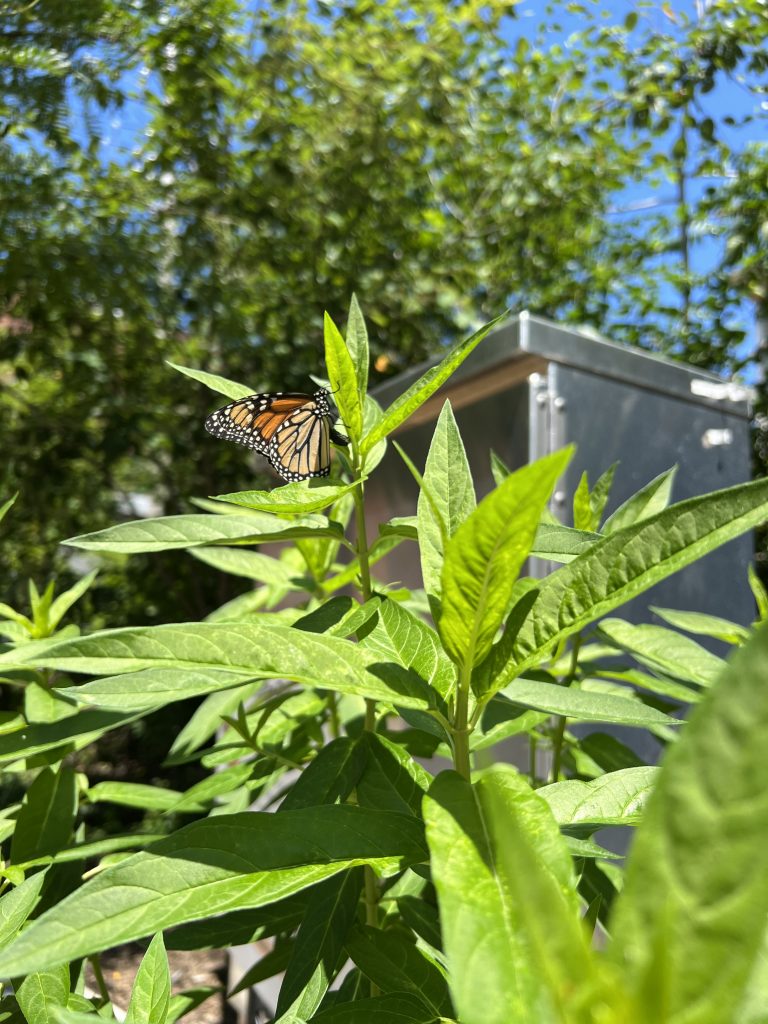
Eggs
Monarch eggs are sesame seed sized, a creamy white color, and slightly pointy–like a tiny hard boiled egg. These eggs are singly laid, meaning there is only one egg instead of a mass of many eggs. Monarchs tend to oviposit on the underside of leaves, but eggs can also be found on other parts of the plant, especially the flower heads. If you want to find eggs, patiently search the undersides of leaves and flower heads, especially focusing on the tallest areas of the milkweed, where monarchs tend to land. It may take a few days of checking before you see an egg, but don’t be discouraged! Even if you don’t see a monarch laying eggs on your plants, your garden may still have them–an adult monarch can lay an egg in under 5 seconds! Lastly, remember that although monarchs can start appearing in our region (MA) as early as the start of May, they are not widespread until late June, so time your searches for July-August if you want the best chance of success.

Caterpillars
Monarch caterpillars hatch in 3-5 days and eat their very first meal: their eggshell! These baby caterpillars are very small and difficult to spot. They are vulnerable at this stage to hungry insects like paper wasps. As they eat milkweed leaves, the caterpillars grow bigger and molt through stages called instars. You can tell a caterpillar’s approximate age by identifying its instar – monarch caterpillars go through five instars before pupating. Most of the caterpillars we find in the wild are small (in their first or second instars): due to the high rates of predation on these small stages, it’s less common to see large caterpillars.
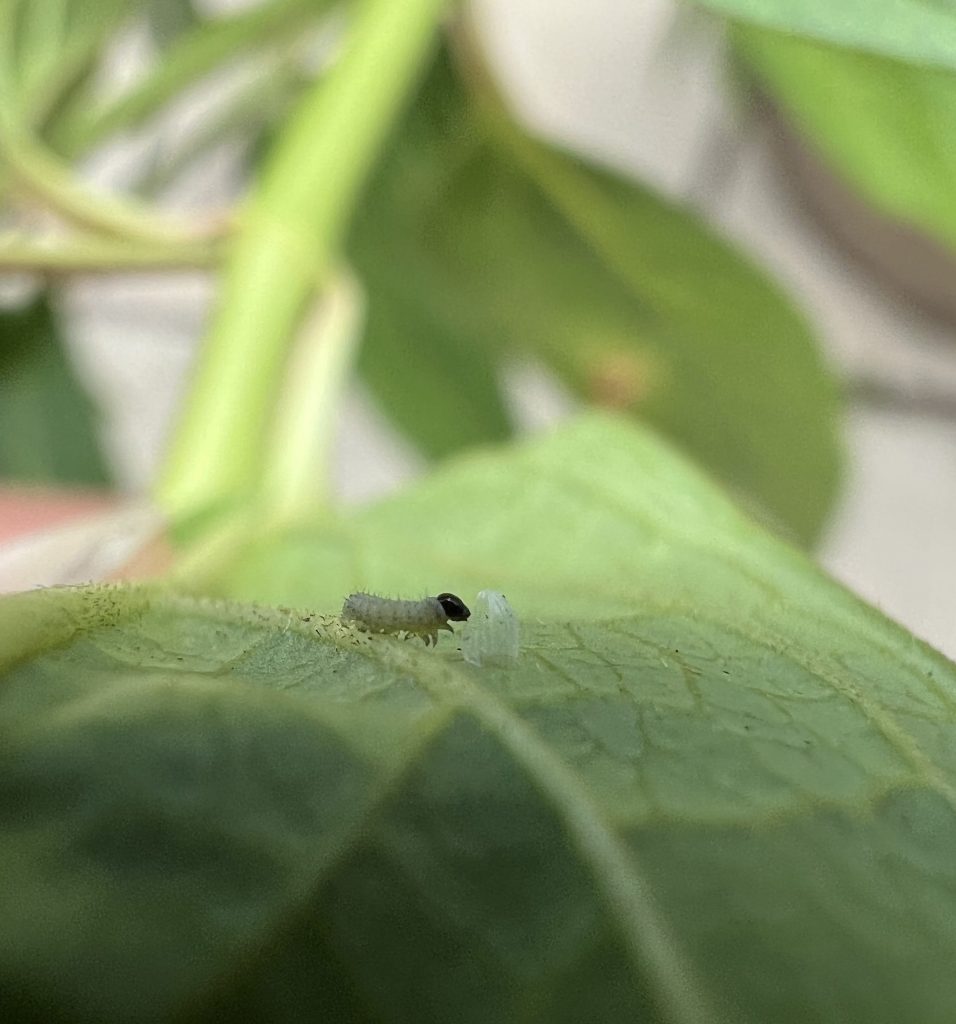
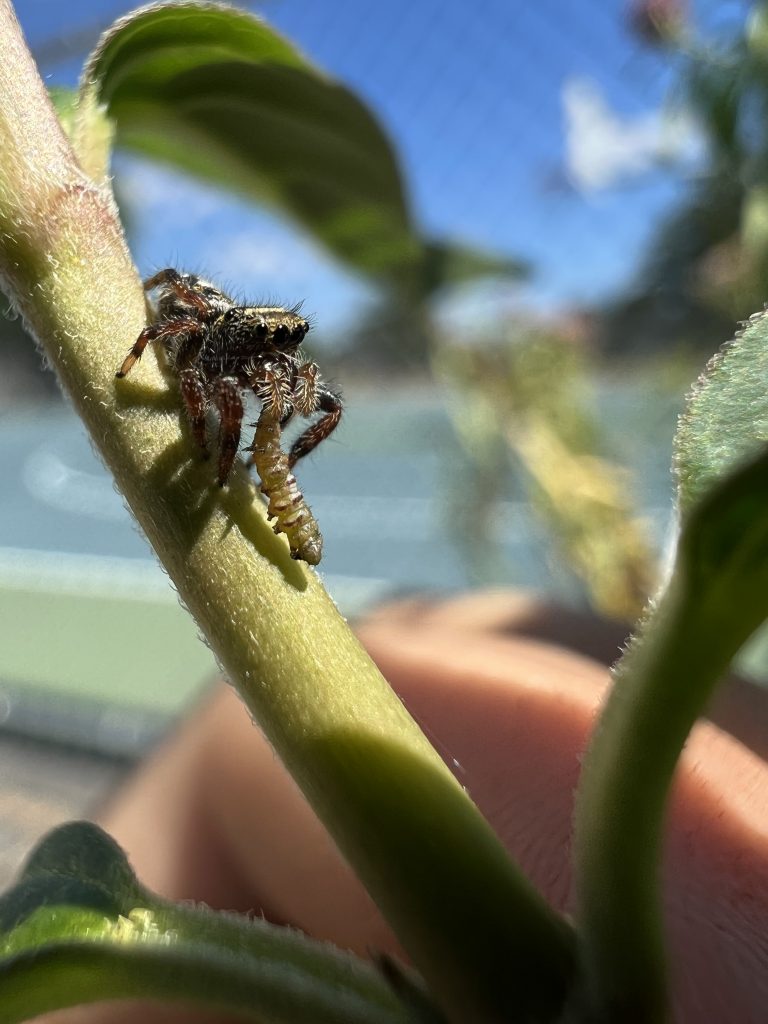
While these small caterpillars can be difficult to spot, their feeding damage can be more apparent: it takes the form of small ‘windows’ into milkweed leaves, half-chewed holes often carved into a small circle, which the caterpillar uses to avoid drowning in the milky latex exuded by its host plant. If you see frass (caterpillar poop: poppy seed-sized brown pellets) or large missing chunks from the edges of the milkweed leaves, then be on the lookout: these are the telltale signs of a much larger stage 4 or 5 caterpillar! Be sure to check under the leaves, as caterpillars of all stages prefer to eat from beneath the leaf, where they are more sheltered.
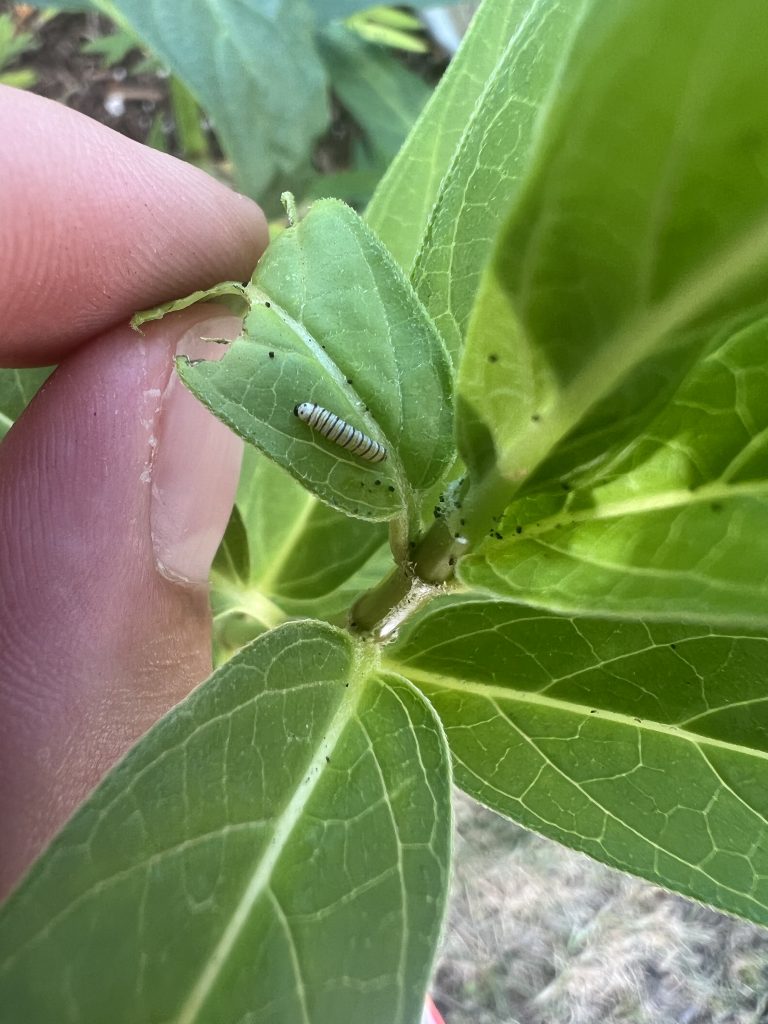
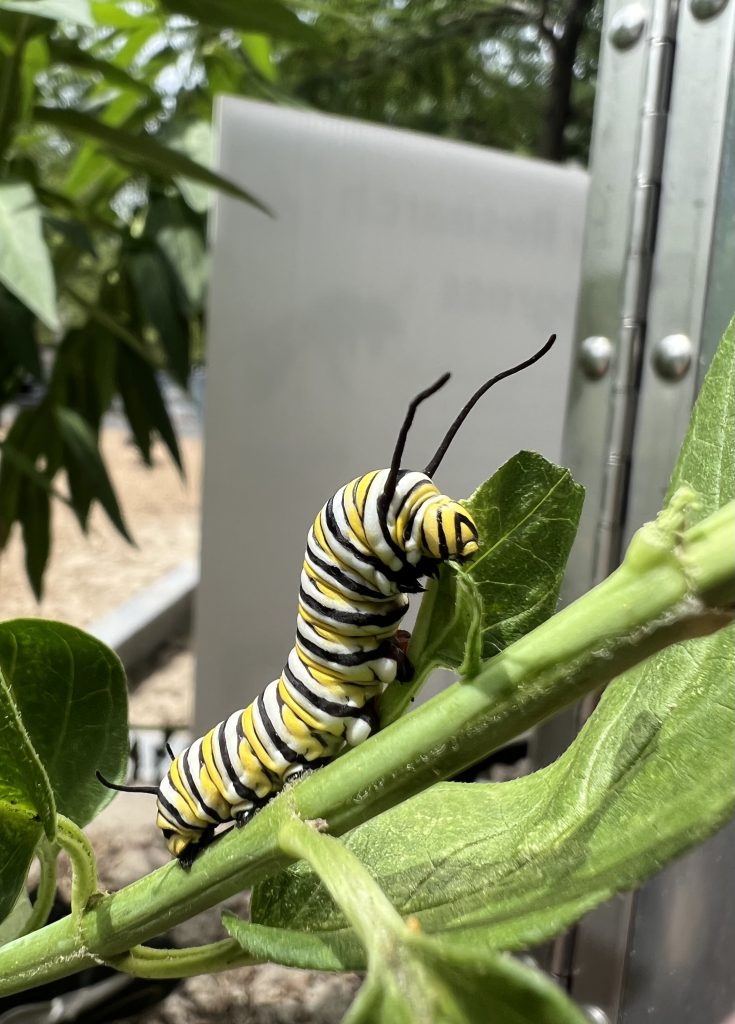
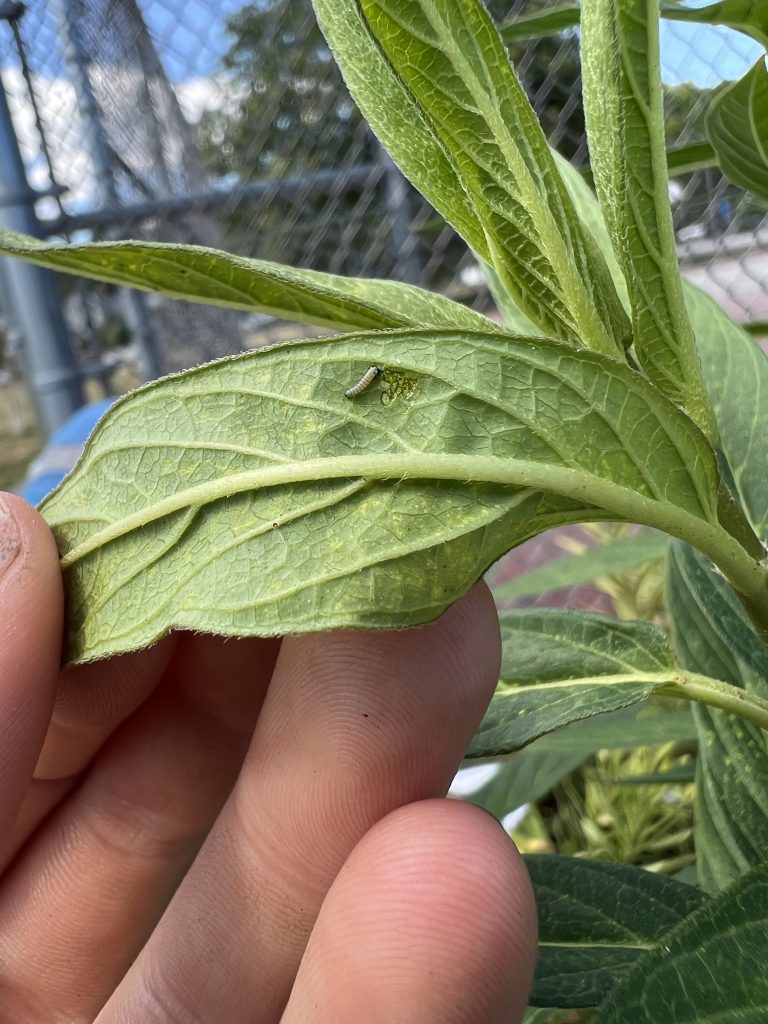
Pupa
Monarch pupa are hard to spot as they blend into the surrounding environment. The 5th instar caterpillars tend to crawl away from the milkweed to pupate on nearby plants. They will remain in the pupa for 7-10 days before emerging as a beautiful monarch butterfly.
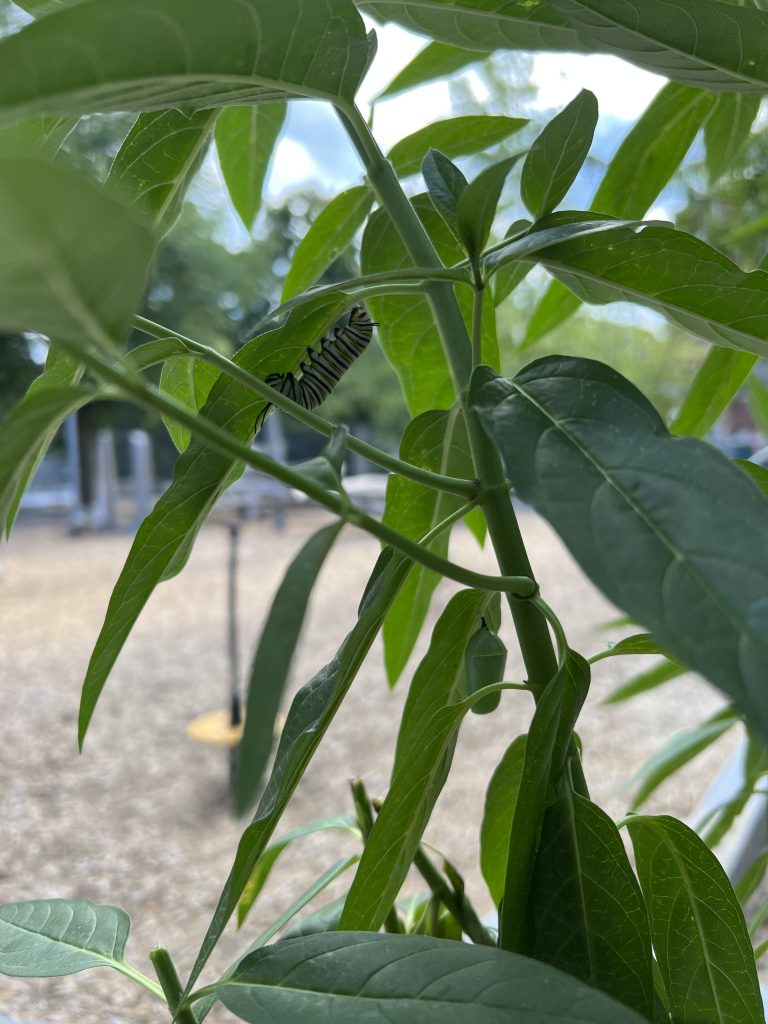
Have you found monarchs in your garden? Share your photos to @pollinatetufts!
